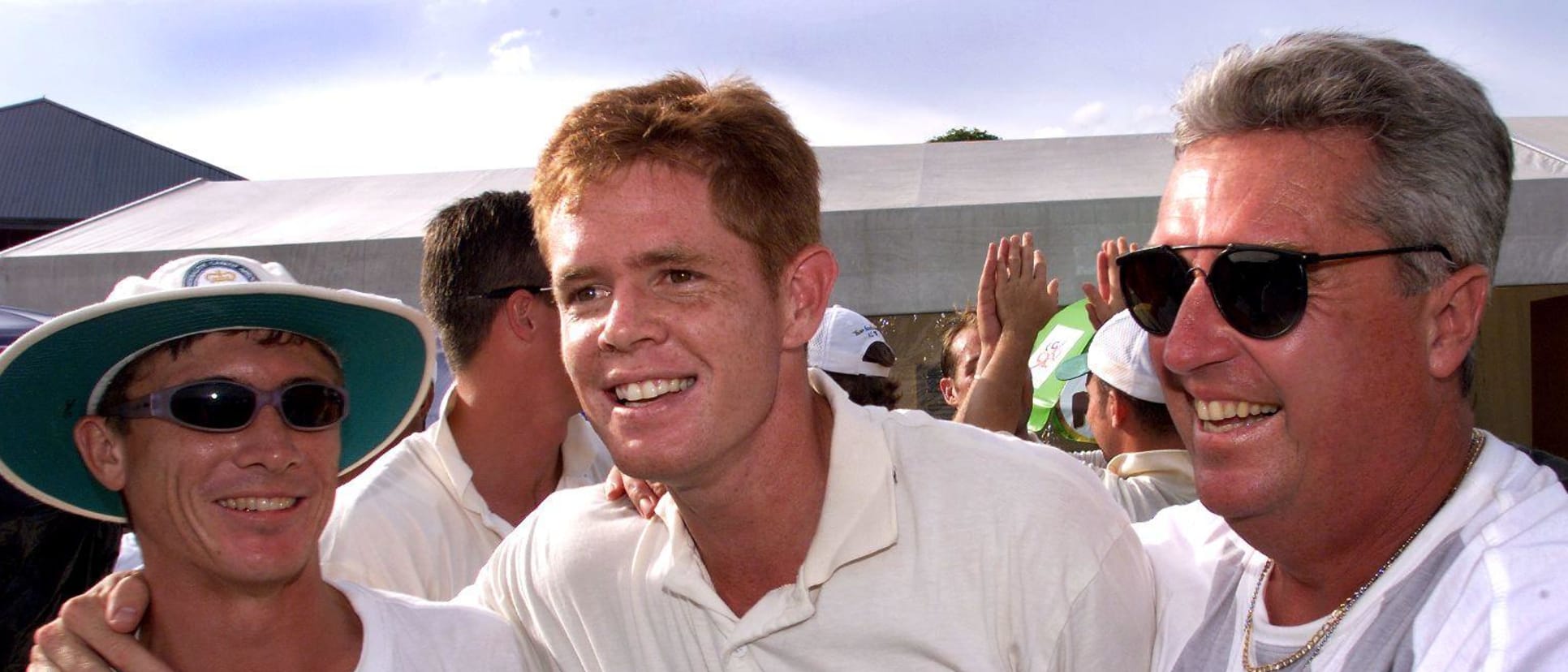When cricket adorned the Commonwealth Games

The 16th Commonwealth Games and the first to be held in an Asian country took place in 1998, with Kuala Lumpur, Malaysia, providing the setting for the two-week jamboree.
It was considered at the time to be a hugely successful event, with sporting standards increasing and no controversy to steal the headlines. The final medals tally, accumulated over 15 sports, was topped by Australia, with Canada, England and Malaysia behind them.
Of those 15 sports, one in particular stood out. Cricket had never before appeared in the Games. But in 1998, the sport that perhaps best exemplified what the Commonwealth stands for would make its first and to date only appearance.
The make-up of the competing teams differed slightly from a conventional 50-over cricket tournament. To begin with, the Games were held in September, thus impinging on the end of the English county season and therefore precluding England from entering a team; Northern Ireland were the only Irish representatives; while Jamaica, Barbados, and Antigua & Barbuda each represented themselves rather than the West Indies itself.
In all, 16 countries were represented, and split accordingly:
Group A: Jamaica, Malaysia, Sri Lanka, Zimbabwe
Group B: Antigua & Barbuda, Australia, Canada, India
Group C: Bangladesh, Barbados, Northern Ireland, South Africa
Group D: Kenya, New Zealand, Pakistan, Scotland
The practice facilities, according to South Africa’s Shaun Pollock, were modest, and the pitches “a touch underprepared” – not surprisingly, he would say later, given that the Malaysian authorities had had just a year to lay and condition turf pitches. But the quality of the fare and the closeness of many of the contests ensured that cricket would be one of the success stories of the event.
The quality on show was enhanced by the presence of a number of high-profile world stars. India boasted Sachin Tendulkar, Anil Kumble and Harbhajan Singh in their ranks; New Zealand were steered by Stephen Fleming and Daniel Vettori; Mahela Jayawardene was the star of Sri Lankan batting at the time, and Pakistan’s Shoaib Akhtar the quickest bowler in the world. Zimbabwe were led by Andy Flower, Antigua & Barbuda could call upon Curtly Ambrose and Richie Richardson, and Australia and South Africa had selected basically full-strength squads.
One team qualified from each group, with the make-up of the semi-finals reflecting where the power lay in world cricket at the time. The first match saw South Africa pitted against Sri Lanka. The pitches had begun to wear by this stage of the tournament, and a low-scoring tussle was inevitable. But as so often, low-scoring matches can produce thrilling climaxes.
Despite restricting Sri Lanka to just 130, bowled out in 44 overs, Nicky Boje chipping in with 4/16, South Africa were in deep trouble early on with the bat, and at 96/9 looked to be out of the contest, until Boje, in partnership with Alan Dawson, nudged and nurdled their team past the victory target with a last-ditch stand of 35. South Africa would be contesting the first-ever Commonwealth Games cricket final.
In the second match-up, Australia and New Zealand went up against one another, but the promise of a showdown between the two failed to materialise, New Zealand collapsing to 58 all out. Brad Young, the young Australian left-arm spinner, was the star, claiming a hat-trick and the astonishing figures of 4-2-4-4. The target was no bother for Australia, Adam Gilchrist clubbing three sixes to get the job done.
The final, attended by 7,532 people, a record for a cricket match in Malaysia, was a tense and nervy classic. “We had nothing to lose,” Pollock recalled. “The Aussies had their full team, we were already guaranteed a silver medal and we were the underdogs. We decided to pick three spinners in the line-up because the wickets had been turning quite a bit.”
South Africa fielded first and were straight into their work, toppling the Australian top order of Mark Waugh, Gilchrist and Ricky Ponting to leave the favourites tottering at 28/3. When Michael Bevan went, brilliantly run out by Andrew Hudson, Australia were in real trouble, but the captain Steve Waugh’s patient 90 not out underscored a recovery, and on a turgid pitch taking turn, their final total of 183 was considered competitive.
In reply, Hudson and Mike Rindel got South Africa off to an excellent start, adding a quickfire 73 for the first wicket. But when they went, a middle-order collapse left the Proteas looking to Jacques Kallis to steer them home. His nerveless 44 from 96 balls with just three fours, held the innings together and although he was caught behind at the death, Kallis had done enough. South Africa inched over the line to claim a four-wicket win and their first-ever championship at a global event.
“Standing up on the podium, receiving the medal and singing our national anthem is an experience I will never forget and will always treasure,” Pollock recalled.